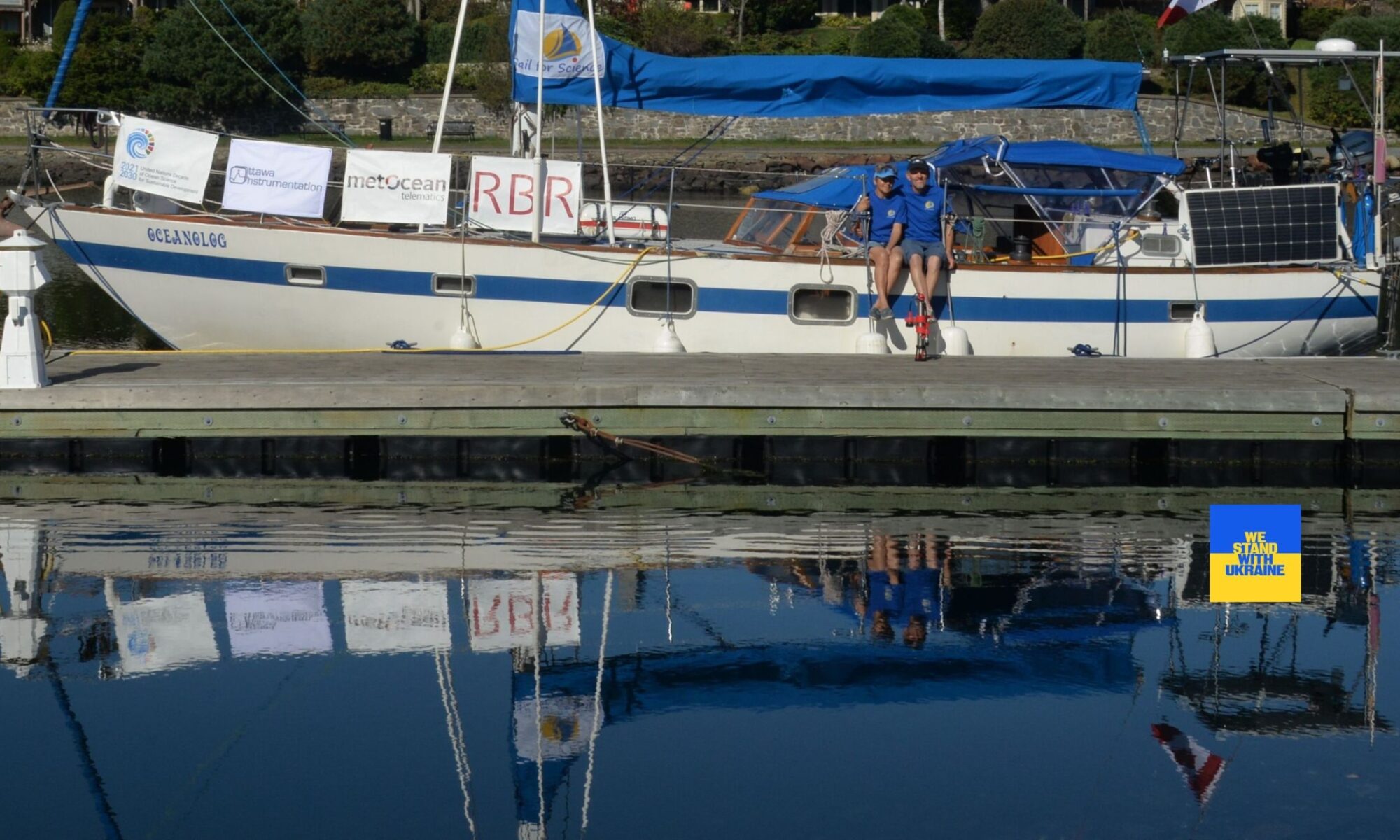The arrival of our sailboat Oceanolog in Portobelo Bay was marked not by the booming salute of cannons (though we half-joked about it), but by a quiet anchoring beneath the historic walls of Fort San Fernando—a striking reminder of the Spanish colonial legacy in the Caribbean.
Climbing the path from the lower battery to the upper levels, and finally to the old watchtower, we were treated to sweeping views of both the bay and the town of Portobelo. It was easy to imagine the days when this coastline bristled with muskets, red sashes, and the ever-looming threat of pirates.
The bay’s defenses have seen centuries of drama. The first fortifications—Fuerte San Felipe and Fuerte San Diego—were constructed in 1601 to protect this valuable Spanish outpost. But history wasn’t kind to them. In 1739, British Admiral Edward Vernon led an assault that reduced those forts to rubble. The ruins lay quiet for two decades, until the Spanish rebuilt over them in 1760, creating Fuerte San Fernando, equipped with a 14-gun battery and a smaller six-cannon emplacement.
Fast forward to the early 20th century: American engineers, eager to fortify the Panama Canal, dismantled large portions of the fort. The old stones were repurposed to build the breakwater that now protects the canal’s northern entrance—a fittingly practical (if tragic) second life for a fortress meant to guard an empire’s treasure route.
As we stood among moss-covered walls and rusted cannon mounts, the past felt startlingly close. Portobelo’s role as a crossroads of colonial ambition and Caribbean resistance still lingers in the air—alongside the scent of sea salt and history.








































